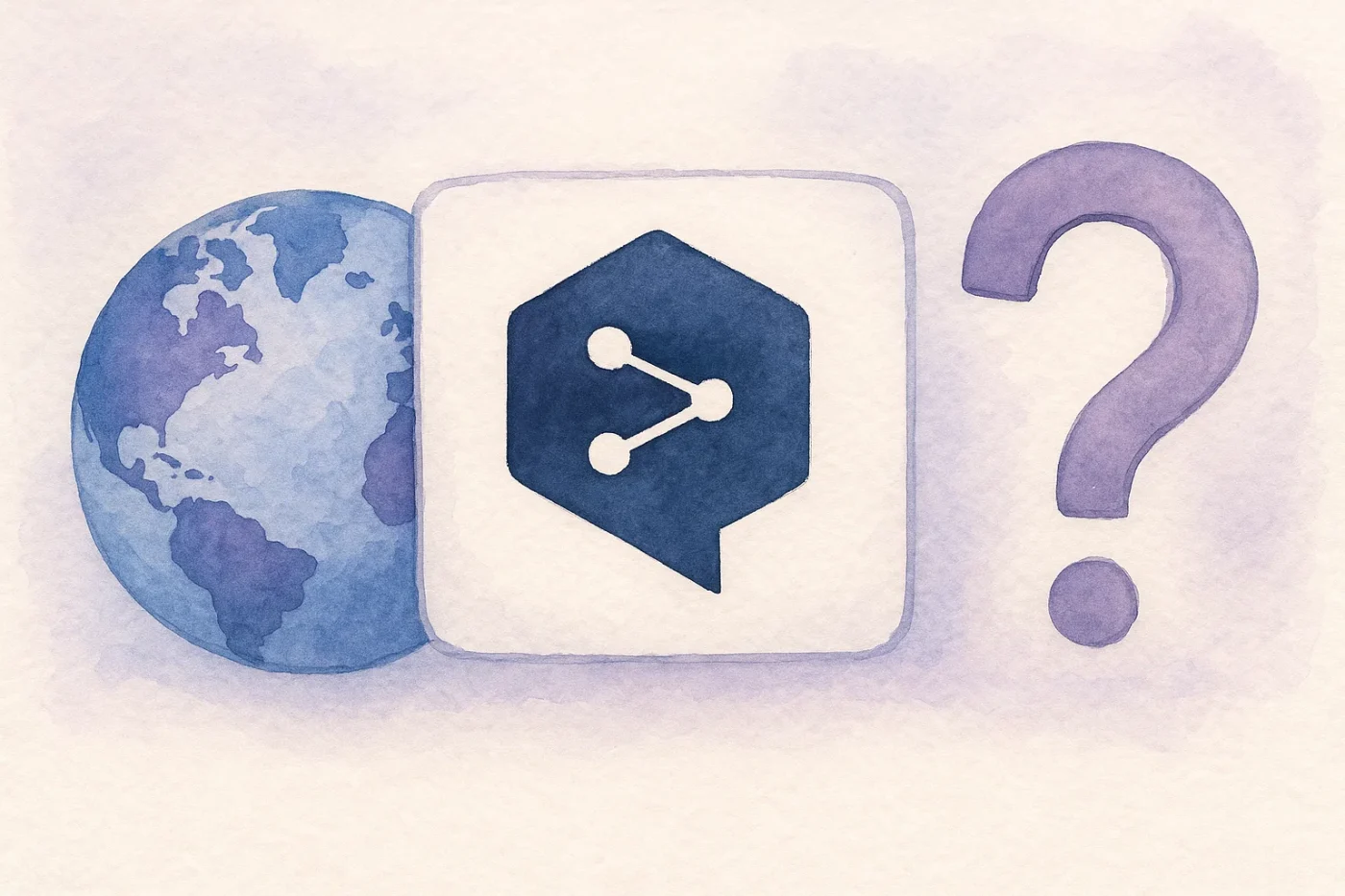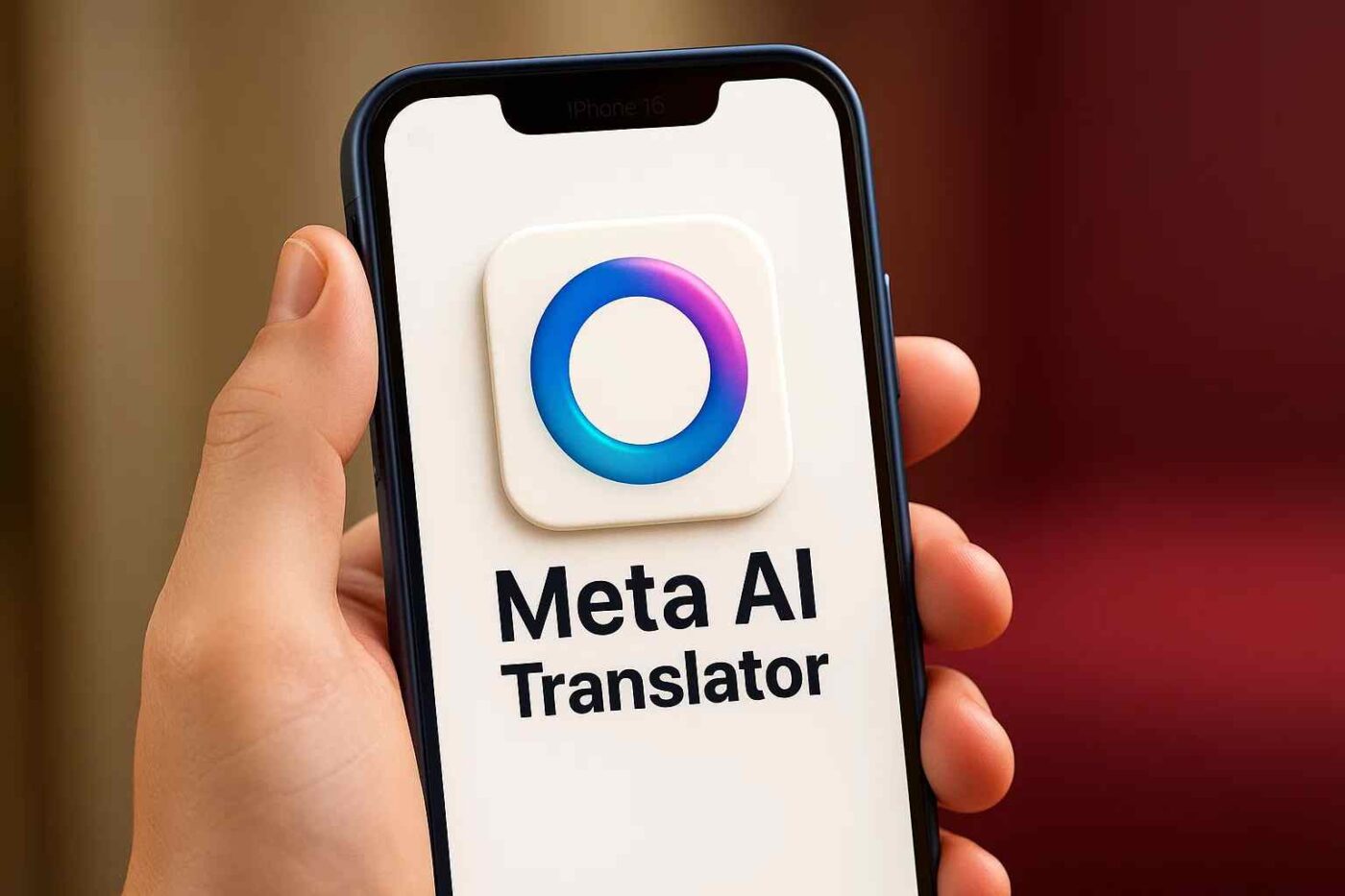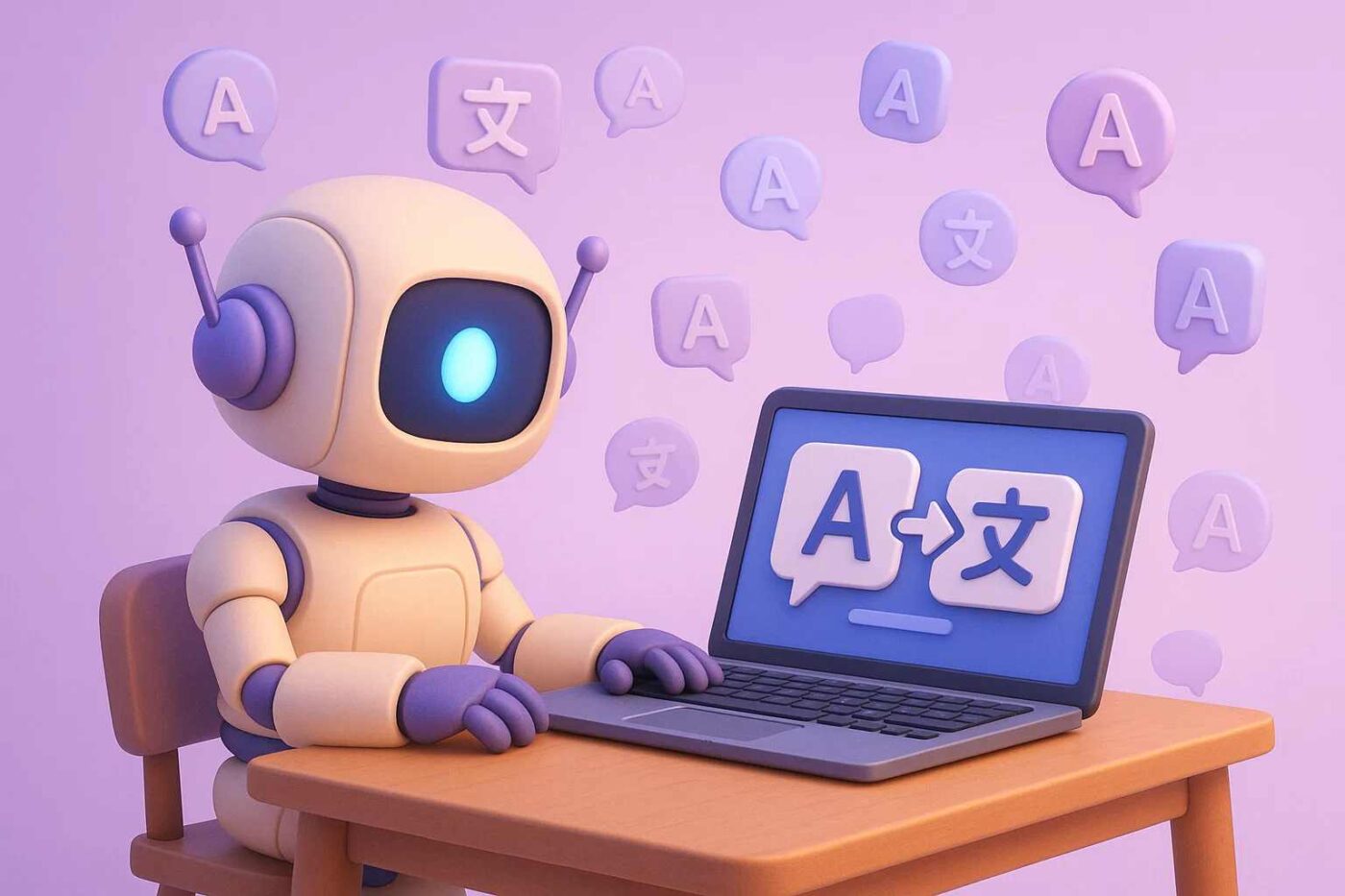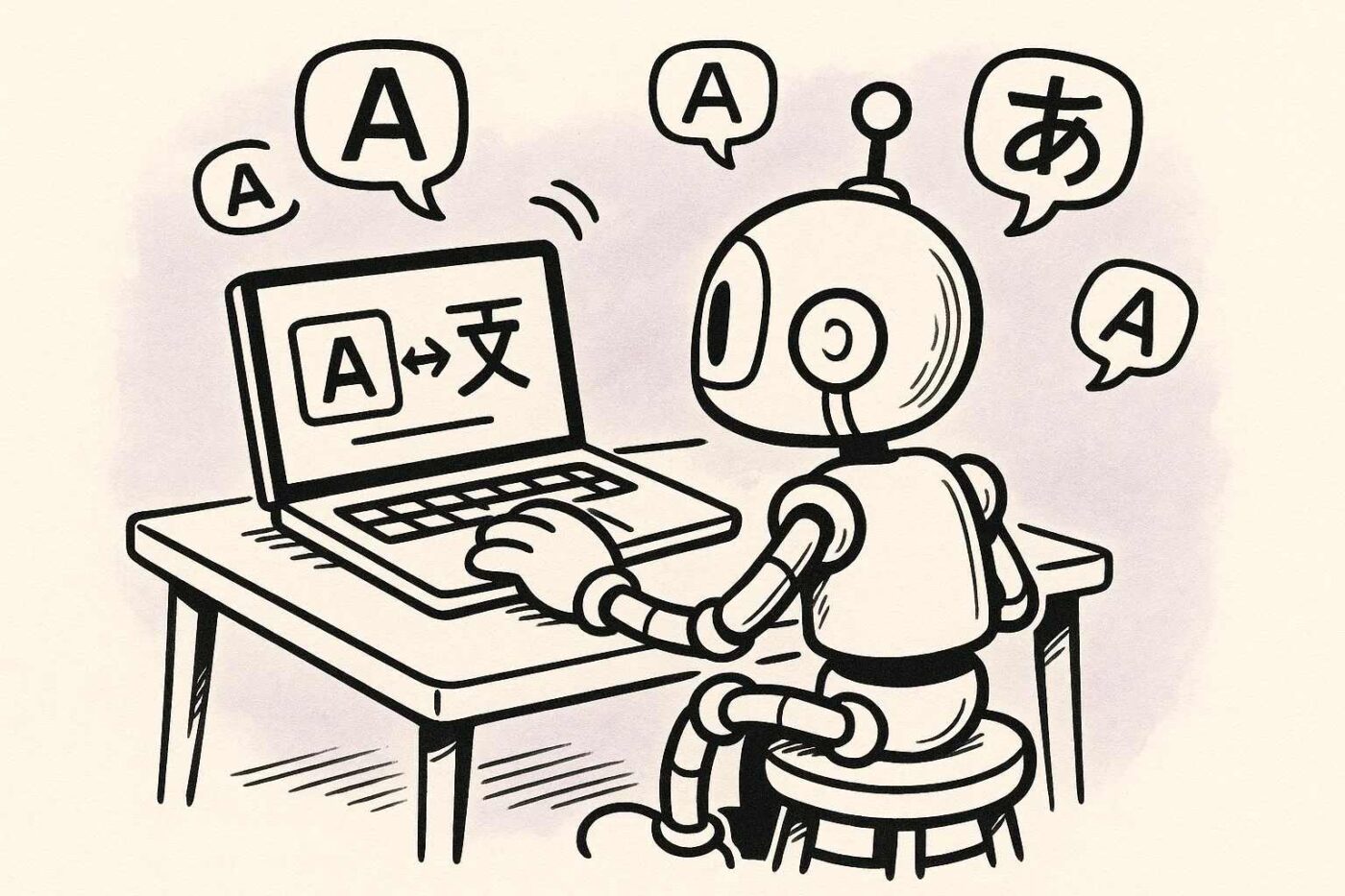Is DeepL the world’s most accurate translator now?

In a world that runs on global conversations, machine translation has quietly become the invisible engine behind diplomacy, commerce, and daily communication.
Whether you’re navigating a cross-border legal agreement or decoding a product manual written in another tongue, the quality of your translation tool can make or break the outcome.
Over the years, DeepL has built a reputation for delivering translations that feel less robotic and more… human.
But with tech titans like Google, Microsoft, and newer AI-powered entrants pushing the boundaries, a fair question arises:
Is DeepL truly the most accurate translator in 2025?
To answer that, we’ll unpack the latest data on DeepL’s performance, examine where it shines, where it still stumbles, and how it stacks up to competitors in today’s fast-evolving language tech landscape.
The Accuracy Metrics That Matter
Let’s get to the numbers, the backbone of any accuracy claim.
In an independent battery of tests conducted across multiple domains and language pairs, DeepL clocked an average translation accuracy rate of approximately 89%.
That’s a significant lead over Google Translate, which typically hovers around 70% on similar tasks.
One of DeepL’s strongest performance indicators is verb valency accuracy, a metric tied to how well sentence structure and meaning are preserved.
Here, DeepL scored an impressive 91.5%, far outpacing Google’s 57.4%. For users translating formal documents or complex, structured content, that difference is massive.
But the story doesn’t stop at raw data.
In blind evaluations conducted with language professionals, those who work daily with nuanced, high-stakes translations, DeepL’s outputs were judged to be 1.3 times more accurate than Google’s, and 2.3 times more accurate than Microsoft Translator’s.
Then there’s professional adoption: A staggering 82% of language service providers (LSPs) report using DeepL as part of their workflow. That’s more than just market share, that’s market trust.
In short? The numbers speak for themselves. DeepL doesn’t just translate; it interprets, with fidelity that consistently puts it ahead of the pack.
DeepL’s Strengths and Shortcomings
DeepL is a good and accurate translator, and there is no questions about it… but it is not perfect. Here’s what I mean.
Where DeepL Delivers
Contextual Intelligence That Feels Fluent: DeepL’s standout feature is its ability to preserve meaning, tone, and nuance in context, especially across major European languages like German, French, Spanish, and Italian.
Unlike many rivals that lean literal, DeepL interprets intent.
Precision in Professional Domains: In legal briefs, technical documents, and medical reports, DeepL consistently delivers high-fidelity translations that respect domain-specific terminology.
For enterprises that operate in regulated industries, this isn’t just helpful, it’s essential.
Designed for Power Users: Beyond translation quality, DeepL shines in usability. Its sleek interface, ability to translate full documents (like PDFs and Word files), and robust enterprise API make it a go-to for businesses needing scalable, repeatable accuracy.
Where DeepL Falls Short
Language Range Limitations: DeepL currently supports about 33 languages, a fraction of Google Translate’s 130+.
That trade-off comes from its quality-first philosophy, but for users needing coverage across African, Indigenous, or niche Asian languages, it’s a bottleneck.
Weak Spots in Non-European Languages: When translating Arabic, Korean, Mandarin, or Brazilian Portuguese, DeepL’s accuracy dips. It’s not unusable, but Google Translate or other AI-powered tools may offer stronger results in these language pairs.
Still Not Human: For all its advancements, DeepL remains a machine.
It struggles with idiomatic expressions, regional slang, or culturally embedded nuance. In marketing copy or literature, a skilled human translator still has the edge.
The Competition + a Smarter Hybrid Alternative
There are many competitors and alternatives to DeepL, but very few people know about these hidden gems, so let’s talk about.
DeepL vs. The Rest
The machine translation market has no shortage of players. Google Translate leads on breadth, covering more than 130 languages.
Microsoft Translator follows suit with robust integrations into its ecosystem. Both are effective for general-purpose translations.
Meanwhile, newer entrants powered by large language models, GPT-4o, Gemini, Claude, and others, are increasingly capable of contextual, conversational translation, often generating outputs that feel surprisingly natural.
But their performance is still uneven, especially outside high-resource languages or domains.
One of the most damaged area for bad translations is E-Commerce, because way too many store owners and managers want to go too cheap with multilanguage.
DeepL continues to lead in accuracy for structured, formal, and domain-specific text, particularly in its core languages.
A Smarter Path
For users who need more than one model’s opinion, there’s a quiet revolution happening.
Ovesio has taken a bold new approach: instead of relying on a single engine, it runs your text through five of the world’s top translation systems, then applies an AI “Inspector” to determine which version is the most accurate and contextually appropriate.
The result? A meta-translation system that consistently outperforms any single tool, including DeepL, especially in critical-use cases like law, academia, or cross-cultural publishing.
In short, while DeepL still holds the accuracy crown for most professionals, Ovesio offers a smarter, more reliable option for those who need maximum precision every single time.
Conclusion
In the realm of AI translation, DeepL stands as the undisputed leader in accuracy, at least where it counts most. For supported languages, particularly across Europe, and in formal, professional content, DeepL consistently outperforms its peers in fluency, fidelity, and nuance.
That said, the tool isn’t flawless.
Its limited language support and occasional struggles with idiomatic or culturally layered text remind us that machine translation still has boundaries.
For those operating across broader linguistic terrain, or in contexts where every word must be right, more sophisticated solutions are emerging.
The solution is Ovesio, which blend the strength of multiple engines with an AI-powered “Inspector” to push translation precision to new heights. Ovesio is also using DeepL, so the E-Commerce stores that use Ovesio, are already using DeepL too. (at a fraction of the cost, btw)
DeepL may hold the crown, but the competition is evolving, and for those seeking translation without compromise, the future is already arriving.
FAQ: Quick Answers on DeepL in 2025
1. Is DeepL better than Google Translate in 2025?
→ Yes, especially in terms of accuracy and contextual handling in major European languages. It produces more natural, fluent translations in most formal settings.
2. What are DeepL’s biggest limitations?
→ Its biggest gaps lie in its limited language portfolio (~33 languages) and weaker performance in non-European or highly idiomatic content.
3. Can DeepL be trusted for professional use?
→ Absolutely. It’s trusted by 82% of language service providers (LSPs) and used extensively in legal, medical, technical, and business translation workflows.
4. Are there alternatives more accurate than DeepL?
→ Not directly, but platforms like Ovesio raise the bar by running translations through multiple engines and using an AI “Inspector” to select the best output. That hybrid approach often yields better results in complex or high-stakes use cases.
5. Will AI models eventually surpass DeepL?
→ Likely. Large language models like GPT-4o and its successors are evolving rapidly. But as of 2025, DeepL still leads in consistency and domain accuracy for the languages it supports.





